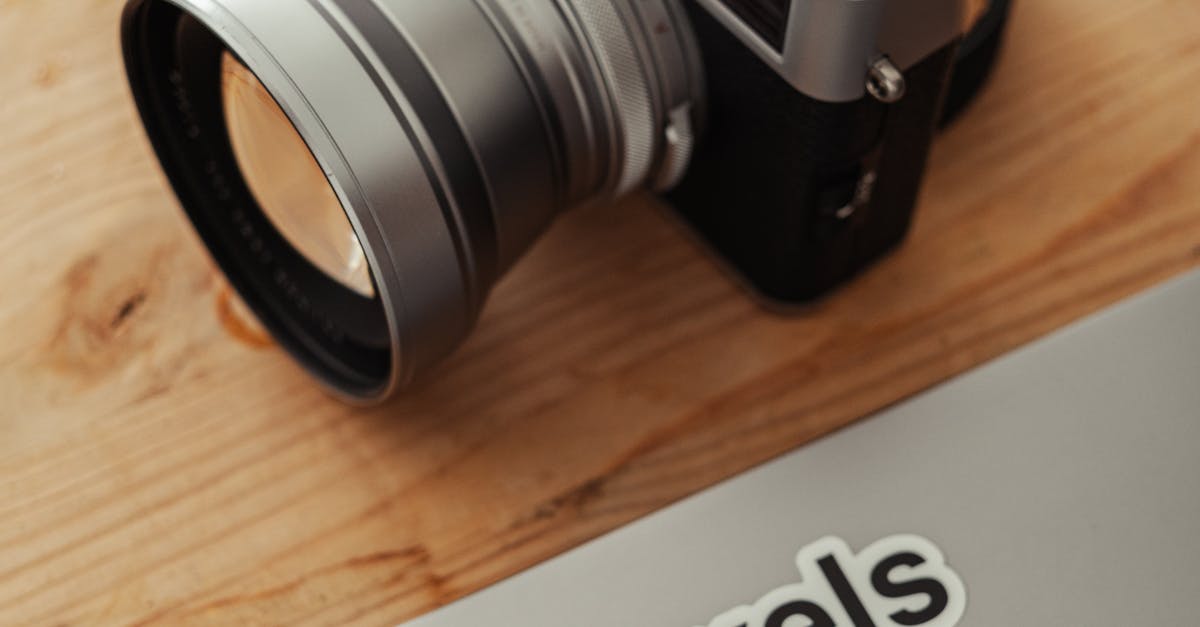
How to Properly Use Mini Push Rod Cameras for Drain Surveys
Enhancing Efficiency with Mini Push Rod Camera Software
Mini push rod camera software plays a crucial role in streamlining drain surveys and enhancing overall efficiency. With the right software in place, capturing, storing, and analyzing data becomes a seamless process, allowing for more accurate and detailed inspections. This software enables operators to control the camera movements with precision, ensuring thorough coverage of the drain system and identifying potential issues efficiently.
Furthermore, mini push rod camera software offers advanced features such as real-time monitoring and recording capabilities, allowing for immediate assessment of the drain conditions. The ability to generate detailed reports and documentation directly from the software simplifies the post-survey analysis and decision-making process. By maximising the capabilities of the software, operators can expedite the surveying process and deliver high-quality results to clients in a timely manner.
Utilising Data Management and Reporting Tools
Data management and reporting tools play a crucial role in the effective use of mini push rod cameras for drain surveys. These tools provide a systematic approach to organizing and analysing the data collected during surveys, enabling a more efficient and accurate interpretation of the findings. By utilising these tools, users can easily store, search, and retrieve survey data, ensuring that all information is readily accessible when needed.
Furthermore, the reporting tools associated with mini push rod cameras allow users to generate comprehensive reports that highlight key findings, potential issues, and recommended actions. These reports are essential for communicating survey results to clients, stakeholders, or other relevant parties in a clear and concise manner. By leveraging data management and reporting tools, drain survey professionals can streamline their workflow, improve data accuracy, and enhance overall project outcomes.
Safety Precautions When Operating Mini Push Rod Cameras
When operating mini push rod cameras for drain surveys, it is crucial to prioritize safety at all times. One of the key safety precautions to adhere to is wearing appropriate personal protective equipment (PPE). This includes gloves, safety goggles, and protective clothing to prevent any potential harm or injuries during the survey process. Additionally, ensure that the work area is clear of any obstacles or hazards that could obstruct the operation of the camera or pose a risk to the operator.
Another essential safety precaution is to always handle the equipment with care and attention. Mini push rod cameras are sophisticated pieces of technology that require gentle and precise handling to avoid damage. Rough handling can not only lead to equipment malfunction but also compromise the accuracy of the survey results. Moreover, always follow the manufacturer's instructions and guidelines for operating the camera to ensure optimal performance and safety. By prioritizing safety precautions when using mini push rod cameras, you can effectively conduct drain surveys while minimizing risks and ensuring a successful outcome.
Preventing Accidents and Damage during Surveys
To prevent accidents and damages during drain surveys using mini push rod cameras, it is essential to follow proper operating procedures and guidelines. Before starting the survey, ensure that the area surrounding the drain is clear of any obstacles or debris that could interfere with the camera's movement. It is crucial to have a thorough understanding of the camera controls and functions to navigate through the drain smoothly without causing any damage.
ating and documenting findings.
What safety precautions should be taken when operating mini push rod cameras for drain surveys?
Safety precautions include wearing appropriate protective gear, ensuring proper ventilation in confined spaces, securing the camera's cables to prevent entanglement, and following manufacturer's guidelines for safe operation.
How can accidents and damage be prevented during drain surveys with mini push rod cameras?
To prevent accidents and damage, it is important to carefully inspect the camera and cables for any signs of wear or damage before each use, avoid forcing the camera through obstructions, and handle the equipment with care to prevent accidental drops or impacts.
How do mini push rod cameras compare to traditional survey methods for drain inspections?
Mini push rod cameras offer advantages such as portability, flexibility, and real-time imaging capabilities compared to traditional methods like manual inspections or excavation. However, they may have limitations in terms of depth penetration and image quality in certain situations.
Related Links
Advantages of Mini Push Rod Cameras in Drain InspectionsSafety Measures When Operating Mini Push Rod Cameras in Confined Spaces
Mini Push Rod Cameras: Key Features and Functions